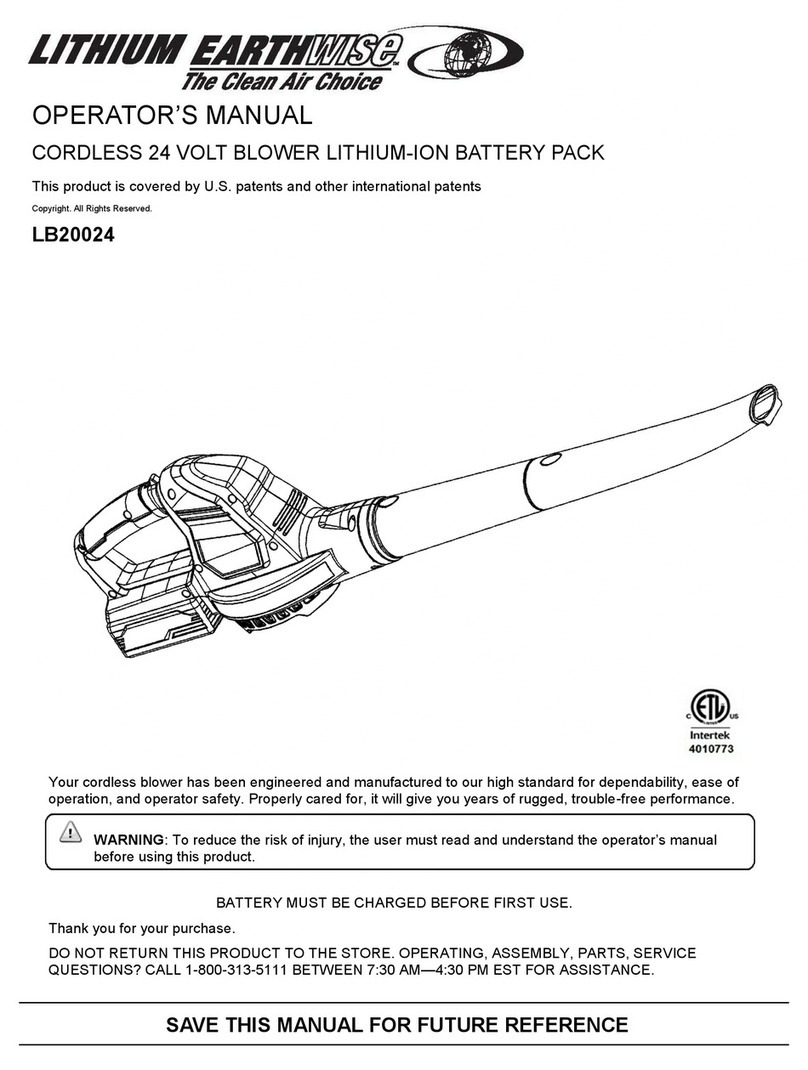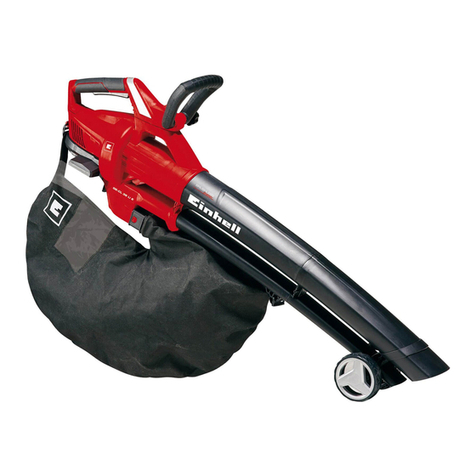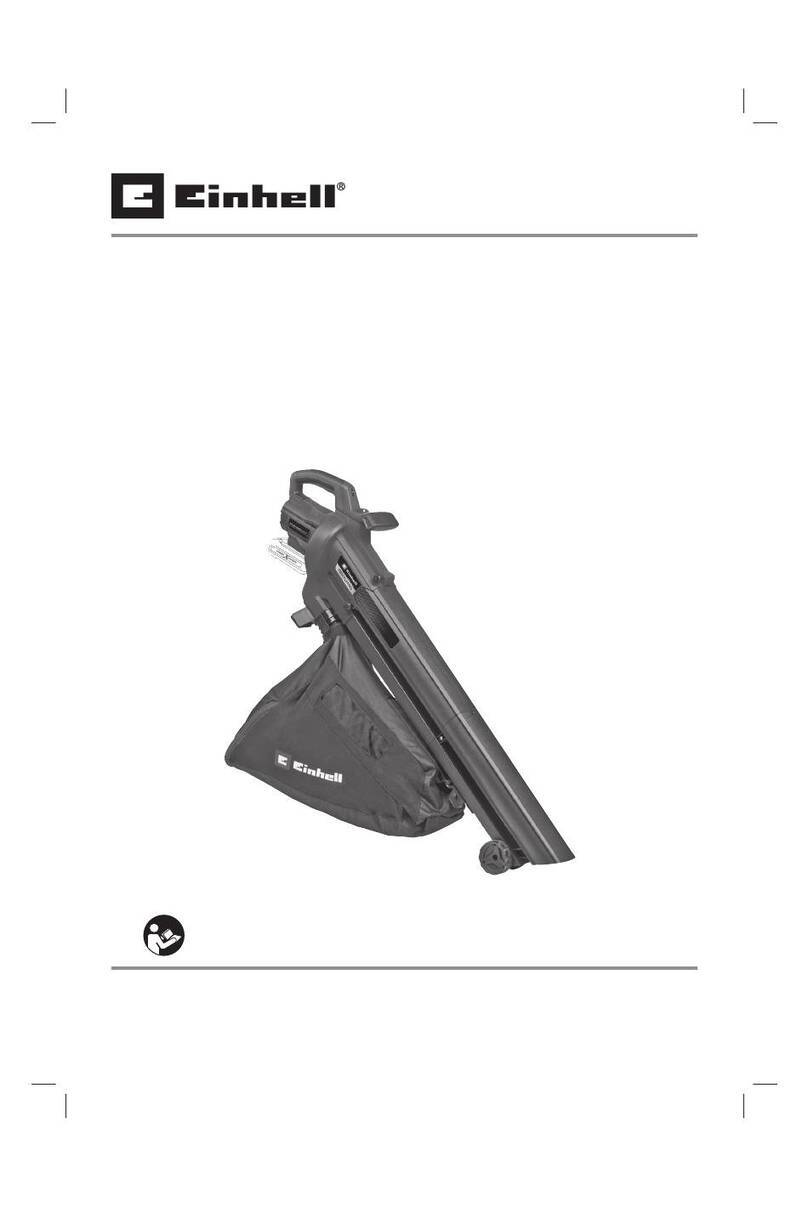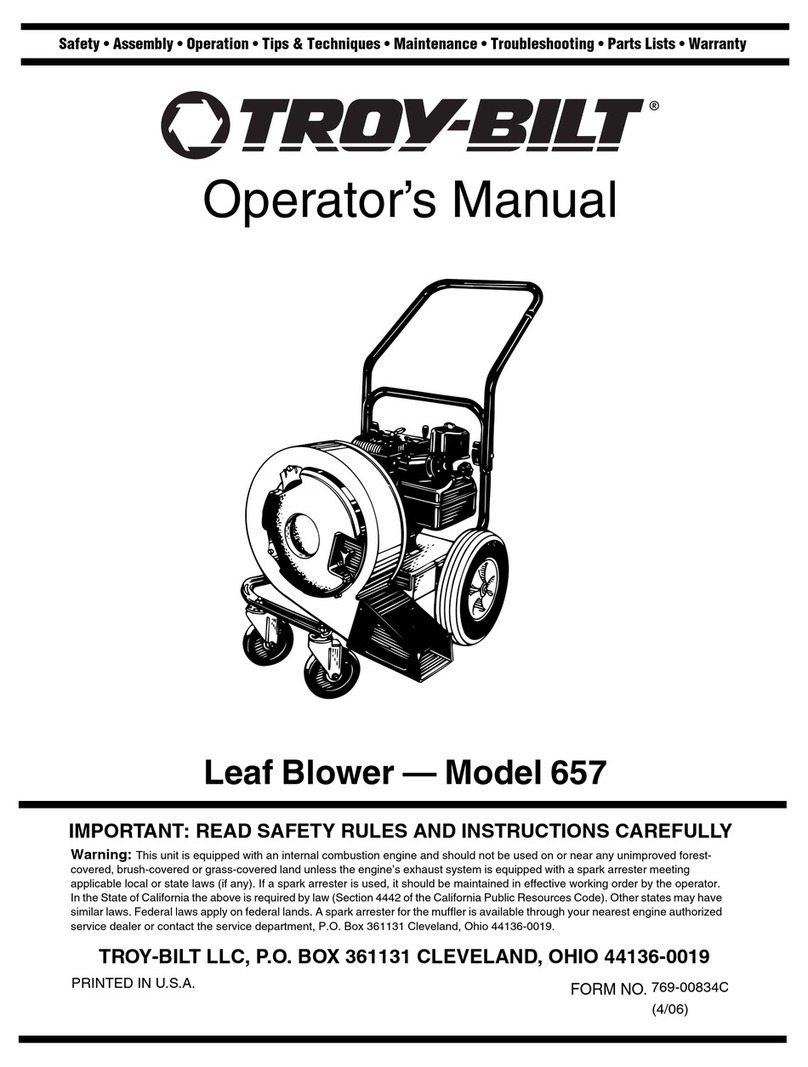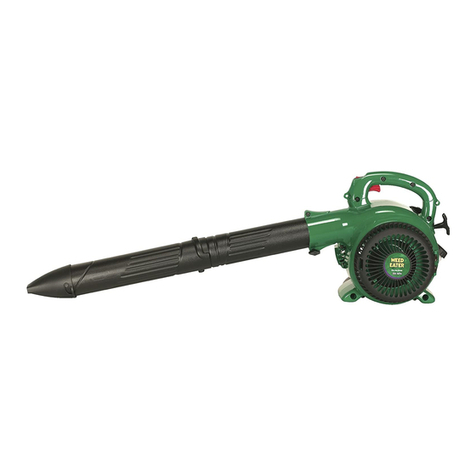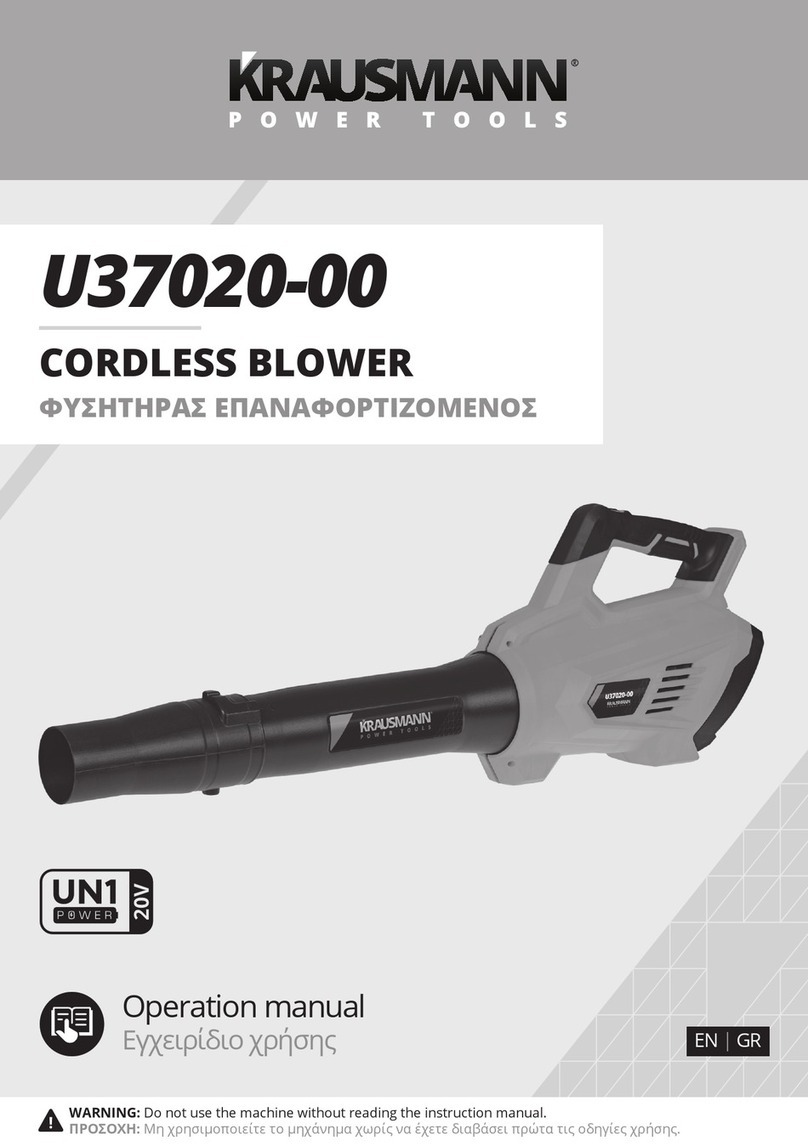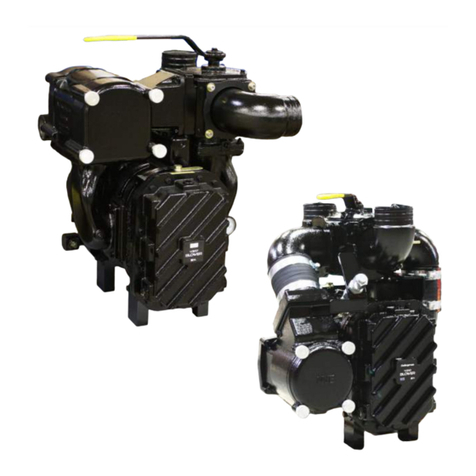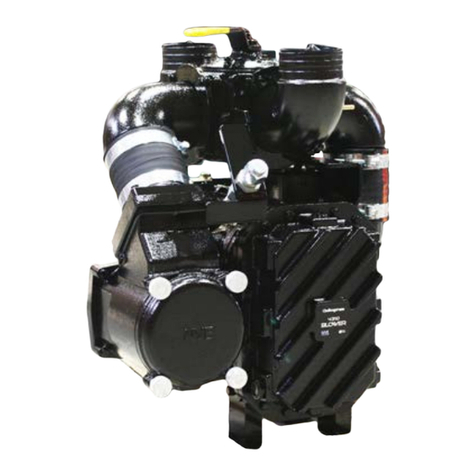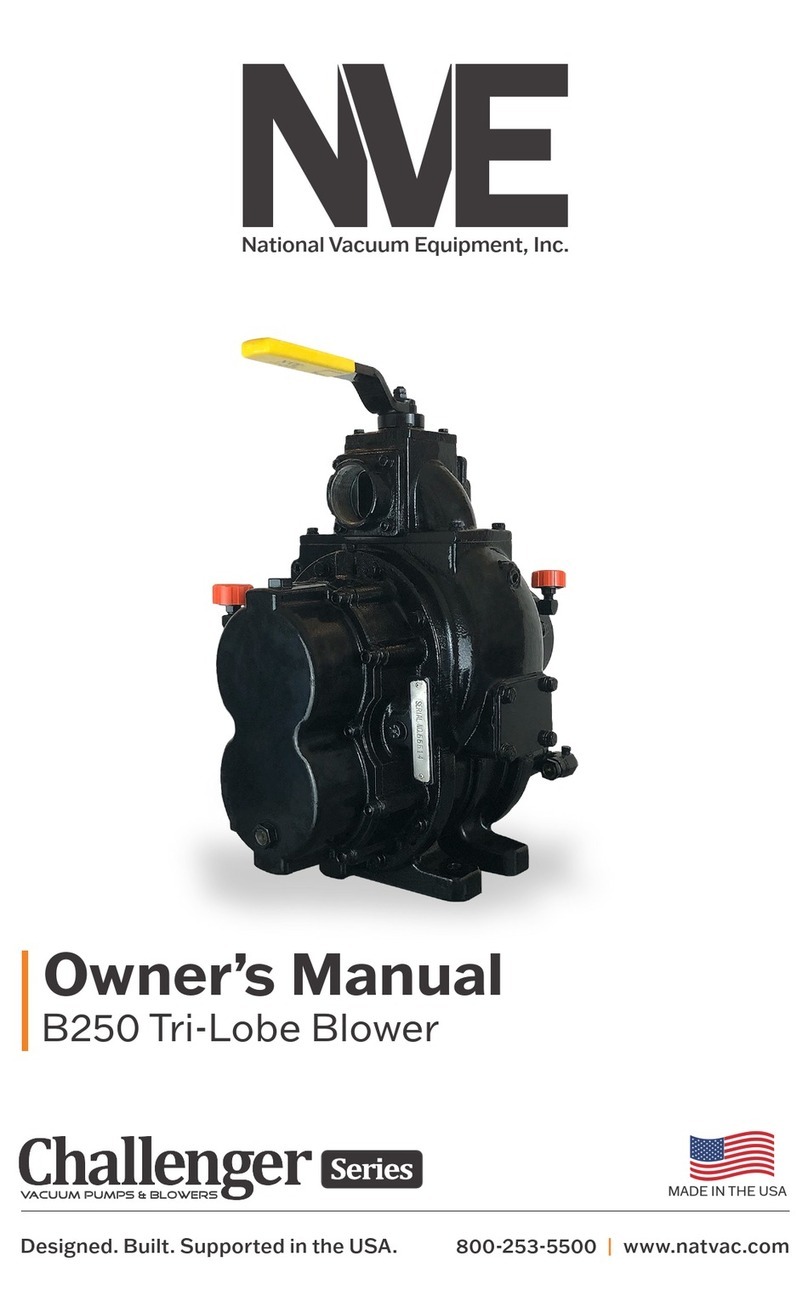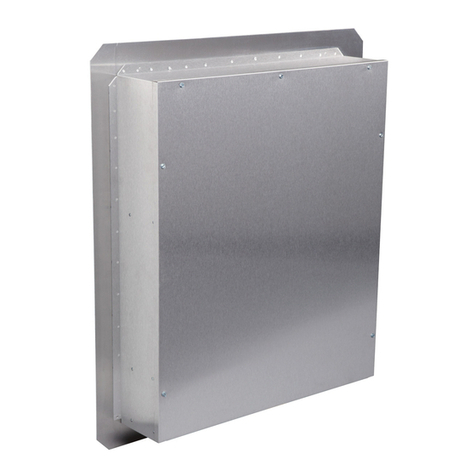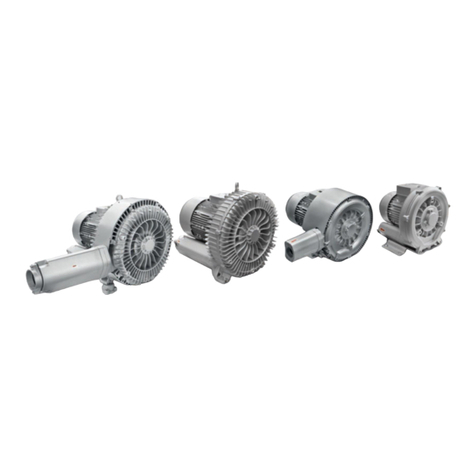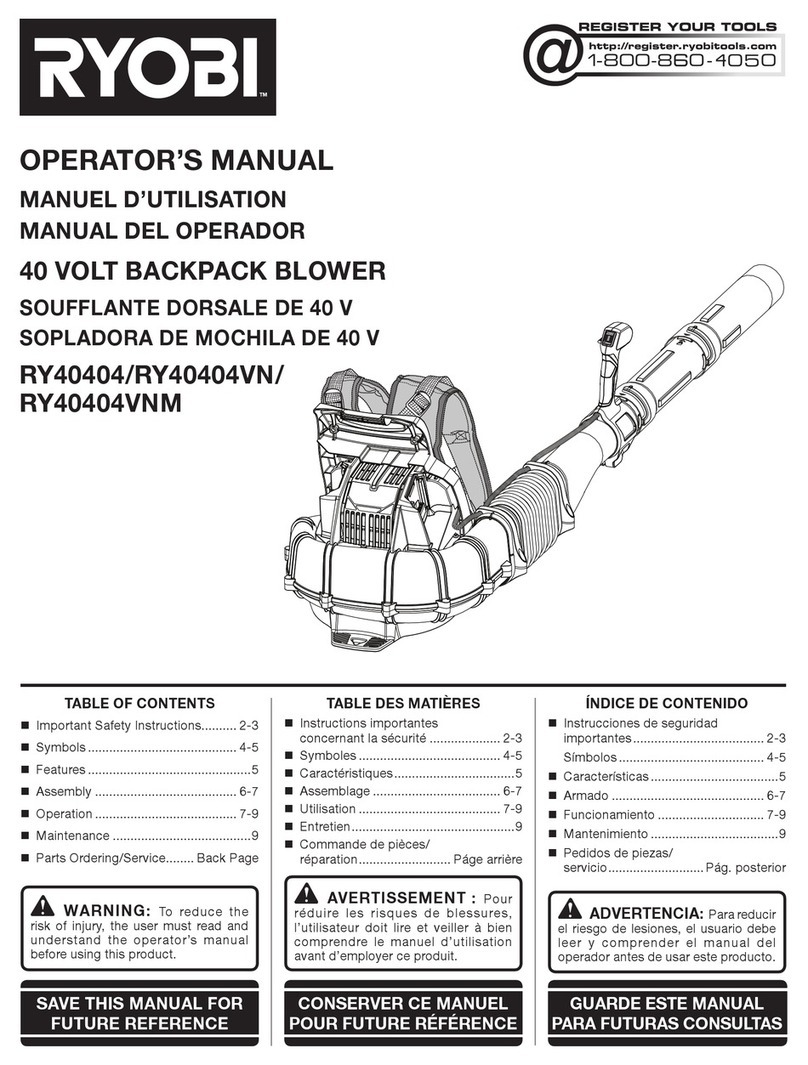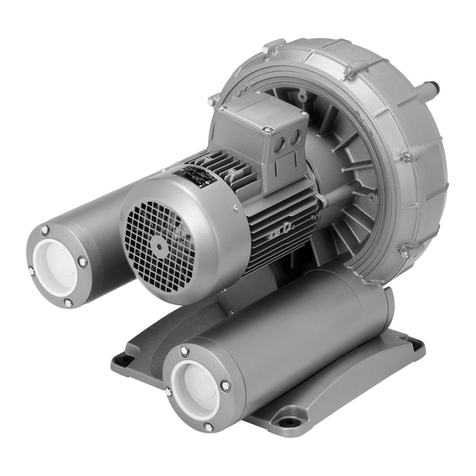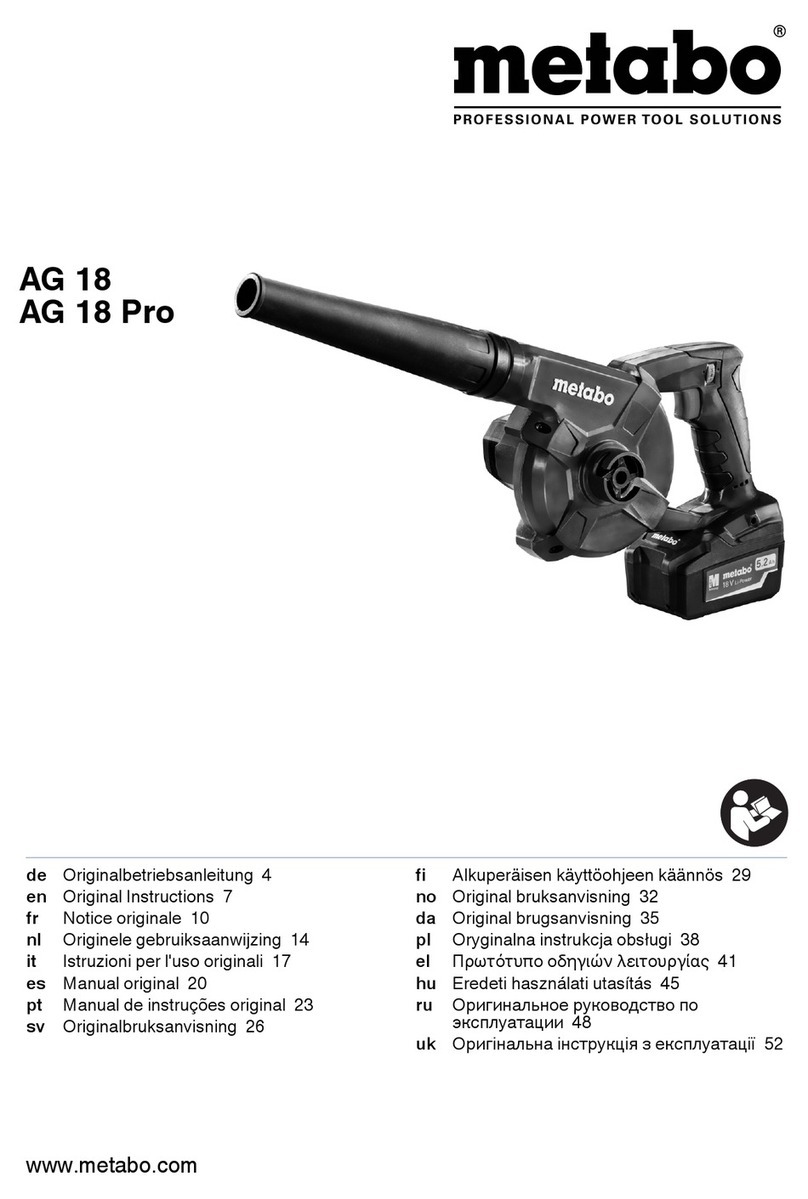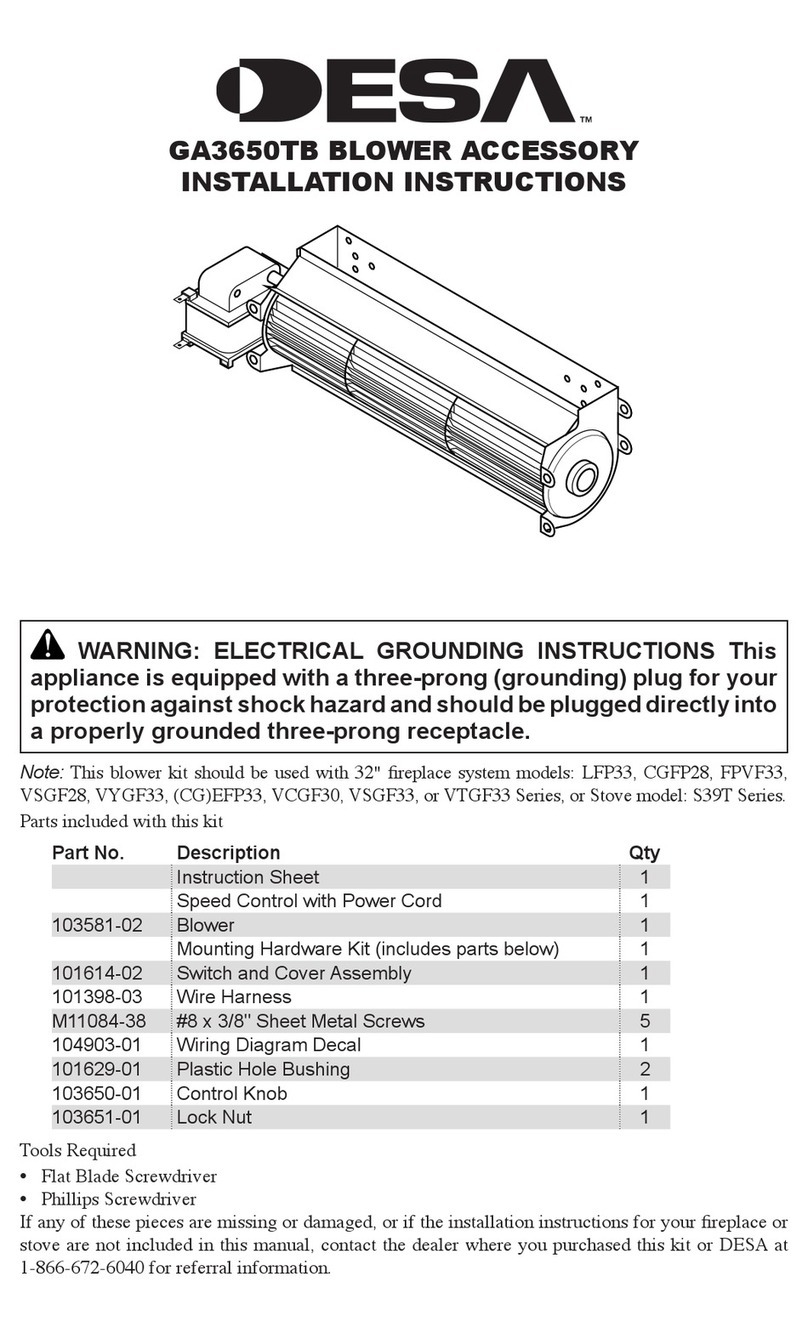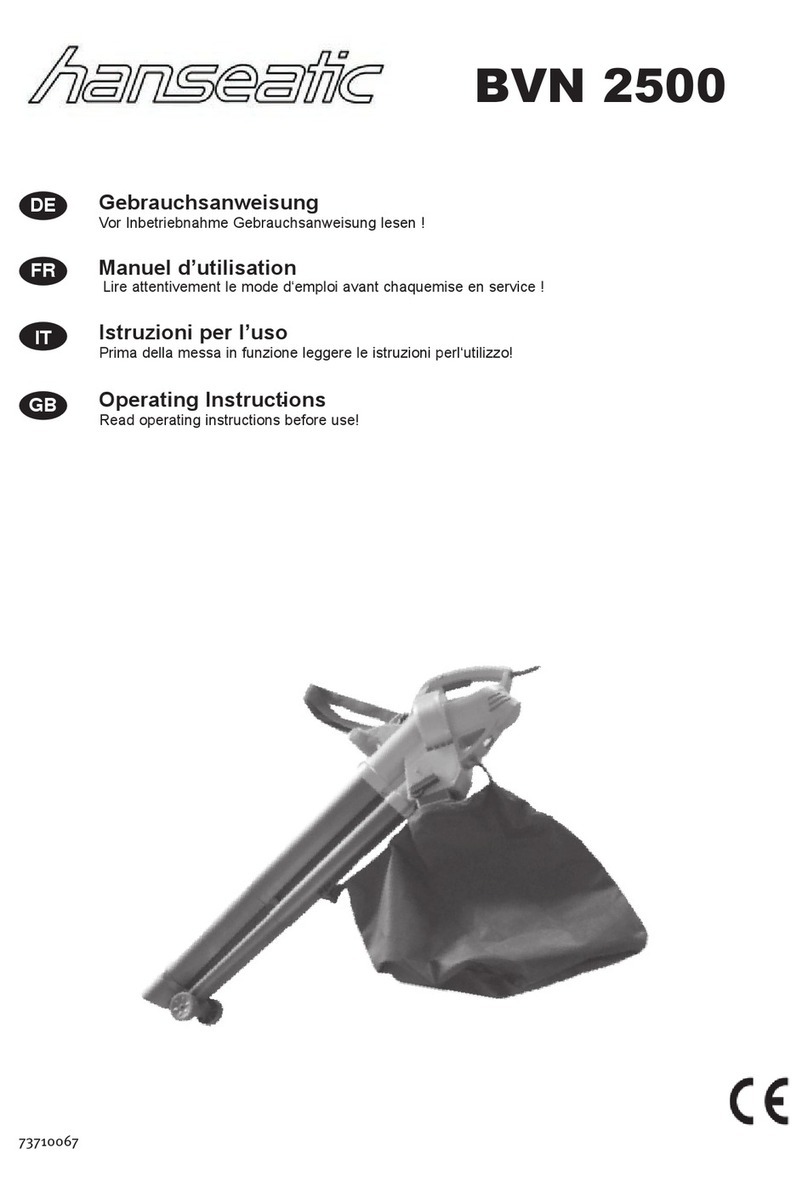
4| 4307 & 4310 Blower natvac.com | 800.253.5500
Recommended Accessories...........................................................17
Exhaust Silencer........................................................................................................17
Ballast Silencer..........................................................................................................17
Inlet Filter.....................................................................................................................17
4-Way Valve and Hoses ...........................................................................................17
Pressure Relief Valve................................................................................................17
Vacuum Relief Valve.................................................................................................17
Check Valves ..............................................................................................................17
Primary Shutoff .........................................................................................................17
Secondary Shutoff/Moisture Trap ........................................................................17
Bag House...................................................................................................................17
Operation...............................................................................................19
Initial Start Up Preliminary Checks.......................................................................19
Starting the Blower...................................................................................................19
Operating ....................................................................................................................19
Stopping the Blower .................................................................................................19
Cold Weather Operation..........................................................................................20
Maintenance.........................................................................................21
Maintenance Schedule............................................................................................21
Oil Capacities and Recommendations................................................................22
Gear Casing Lube......................................................................................................23
Clean Out Procedure If Flooded ............................................................................23
Lubricant Schedule...................................................................................................23
Rebuilding...................................................................................................................23
Blower Housing Flush...............................................................................................24
Vacuum/Pressure Changover Valve .....................................................................24
Troubleshooting..................................................................................25
Parts Breakdown................................................................................29
4307 Parts Diagram ................................................................................................29
4310 Parts Diagram ................................................................................................30
4307 & 4310 Parts List.........................................................................................31
4307 & 4310 4-Way Intake Manifold Parts Diagram & Parts List..............33
Our History
INTRODUCTION
